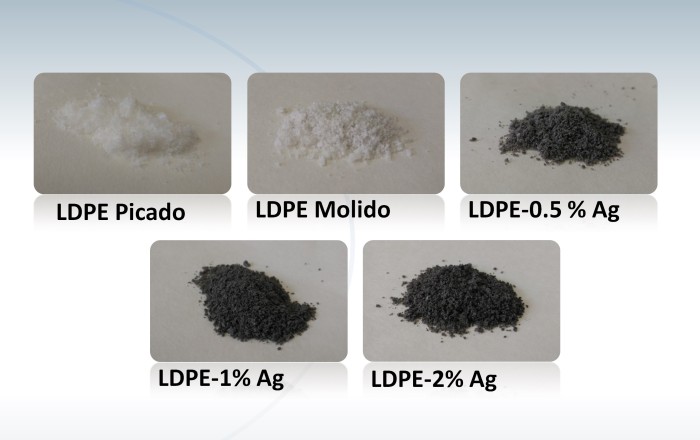Contributing € 5
Acknowledgment
Personal acknowledgment in the social networks where our group is active.
> 03 Apoiadores
We use own and third party cookies to improve your user experience and our services, analyzing users' browsing in our website. If you continue browsing, we will consider that you consent to its use. You can get further information in our Cookies Policy
You have to sign in to interact with the Goteo community
Prevención de enfermedades con Materiales Antimicrobianos
 Min.
Min.
 Opt.
Opt.
 Leganés (Madrid)
Leganés (Madrid)
Personal acknowledgment in the social networks where our group is active.
With the contribution of 10€ you will receive a 3D digital image of bacteria visualized using an atomic force microscope.
With the contribution of 30€ you will get a brief report with the main results obtained in this project and a personal acknowledgment letter. The contribution includes previous rewards. (Note all rewards are digital to avoid increasing Project costs).
With the contribution of 50€ you will receive a poster in electronic format with images, pictures and an explanation of the main results obtained. The poster will include personalized acknowledgments.
Guided visit to our laboratories + previous rewards
Practical seminar on microscopy techniques used for the visualization of the microorganisms on the surface of our materials

Hemos dispersado las nanopartículas de plata en el polietileno de baja densidad. Para ello hemos utilizado un método con el que ya hemos trabajado anteriormente para preparar con éxito dispersiones uniformes de nanopartículas en polímeros termoplásticos. Se trata de la molienda mecánica de alta energía (High Energy Ball Milling). El método consiste en mezclar el polietileno en con las nanopartículas de plata en el interior de una vasija de acero que contiene bolas del mismo material. De esta forma se consigue una mezcla muy homogénea y uniforme de las partículas dentro del polímero. Después del proceso de molienda se obtienen unas muestras en forma de polvo como las que se muestran en esta figura. Las composiciones con las que hemos trabajado han sido 0%, 0.5%, 1% y 2% de plata. Como material de referencia consideraremos el polietileno comercial triturado previo al proceso de molienda se usa como material de referencia (LDPE picado).
Inicia sesión para dejar un comentario
Acknowledgment
Personal acknowledgment in the social networks where our group is active.
> 03 Apoiadores
3D Colored digital image of bacteria
With the contribution of 10€ you will receive a 3D digital image of bacteria visualized using an atomic force microscope.
> 12 Apoiadores
Digital report with the main results + personal acknowledgment letter
With the contribution of 30€ you will get a brief report with the main results obtained in this project and a personal acknowledgment letter. The contribution includes previous rewards. (Note all rewards are digital to avoid increasing Project costs).
> 08 Apoiadores
Poster in electronic format with the main results
With the contribution of 50€ you will receive a poster in electronic format with images, pictures and an explanation of the main results obtained. The poster will include personalized acknowledgments.
> 01 Apoiadores
Laboratory visit
Guided visit to our laboratories + previous rewards
> 03 Apoiadores
Practical session on microscopy
Practical seminar on microscopy techniques used for the visualization of the microorganisms on the surface of our materials
> 00 Apoiadores
We seek groups and associations that help us to spread our work
We seek people who help us to spread this campaing using their own social networks
We seek polymer manufactures willing to donate a small amount of low density polyethylene (LDPE) for this Project.